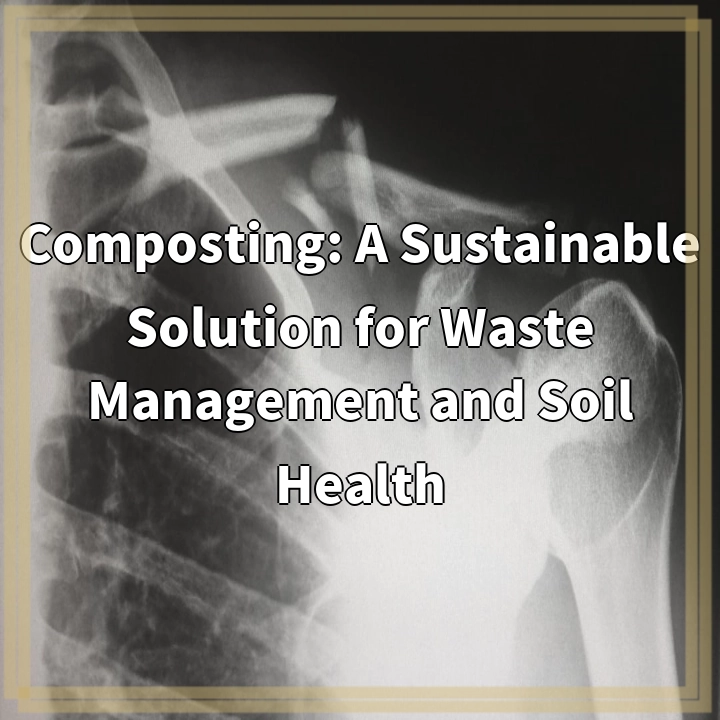
What it is:
Eco-friendly techniques in interior design focus on creating sustainable spaces that prioritize environmental responsibility while ensuring aesthetic appeal and functionality. This approach involves using materials, furnishings, and practices that have minimal impact on the environment and promote the health and well-being of occupants. From selecting sustainable materials to implementing energy-efficient systems, eco-friendly interior design seeks to reduce the carbon footprint of spaces and enhance overall quality of life.
Key Elements of Eco-Friendly Interior Design
Some key elements include the use of recycled or upcycled materials, natural and non-toxic finishes, energy-efficient appliances and lighting, optimizing natural light, and incorporating indoor plants for improved air quality. Designers may also consider water conservation methods, such as low-flow fixtures and rainwater harvesting systems, and prioritize local sourcing to reduce transportation emissions.
Real-world problems:
Despite the benefits of eco-friendly interior design, several real-world challenges impact its widespread adoption.
1. Higher Initial Costs
One of the most significant barriers to implementing eco-friendly techniques in interior design is the perceived high upfront costs. Sustainable materials and technologies often come at a premium compared to conventional options. Homeowners and businesses may hesitate to invest in eco-friendly solutions, believing they won’t see a return on investment.
2. Limited Awareness and Education
Many consumers are unaware of the advantages of eco-friendly design, leading to a lack of demand for sustainable practices. Misconceptions about sustainability may also deter individuals from exploring eco-friendly options. Education and awareness campaigns are vital to inform both designers and clients about the benefits of sustainable choices.
3. Availability of Sustainable Materials
Access to sustainable materials can be inconsistent, depending on geographical location. Some regions may have limited options for eco-friendly products, making it challenging for designers to source materials that meet sustainability standards. This limitation can lead to compromises in design choices.
4. Regulatory and Certification Challenges
In many areas, building codes and regulations may not yet support eco-friendly practices. Additionally, navigating certification processes for sustainable buildings can be complex and time-consuming. Designers may face hurdles when trying to comply with green building certifications, which can discourage the adoption of sustainable techniques.
5. Balancing Aesthetics and Sustainability
Some believe that eco-friendly design compromises style. Designers often grapple with the challenge of balancing sustainability with aesthetics, striving to create beautiful spaces that also prioritize environmental responsibility. Overcoming this perception is crucial for promoting eco-friendly techniques in mainstream interior design.
By addressing these real-world challenges, the interior design industry can work towards a more sustainable future, ultimately creating healthy living spaces that benefit both people and the planet.

Solutions for Eco-Friendly Techniques in Interior Design
To overcome the challenges associated with eco-friendly techniques in interior design, several solutions can be implemented. These strategies aim to promote sustainable practices while addressing real-world problems faced by designers and consumers.
1. Promote Awareness and Education
Enhancing awareness of the benefits of eco-friendly interior design is crucial. Educational campaigns can inform consumers about sustainable materials and the long-term advantages of investing in eco-friendly solutions. Workshops and seminars for both designers and clients can foster a greater understanding of sustainable practices and inspire more sustainable choices.
2. Financial Incentives and Support
To mitigate the issue of higher initial costs, financial incentives such as grants, tax credits, or rebates for sustainable home improvements can encourage homeowners to adopt eco-friendly practices. Collaborating with local governments and financial institutions can create programs that support sustainable design initiatives.
3. Enhance Accessibility of Sustainable Materials
Increasing the availability of sustainable materials can facilitate the adoption of eco-friendly design techniques. Collaborating with manufacturers and suppliers to expand the range of eco-friendly products in various regions can help address this challenge. Local sourcing and partnerships with artisans can also promote sustainability while sustaining local economies.
4. Streamline Regulatory and Certification Processes
Advocating for updated building codes and regulations that support eco-friendly practices can foster a more conducive environment for sustainable design. Simplifying certification processes for sustainable buildings can encourage designers to pursue eco-friendly techniques without navigating a complex system.
5. Integrating Aesthetics with Sustainability
By highlighting examples of stunning eco-friendly designs, designers can demonstrate that sustainability does not compromise aesthetics. Utilizing innovative design solutions that blend functionality, beauty, and eco-friendliness can shift perceptions and inspire clients to embrace sustainable choices without sacrificing style.
Through these solutions, the interior design industry can create a path toward more sustainable practices, fostering environments that support both human health and the health of the planet.















